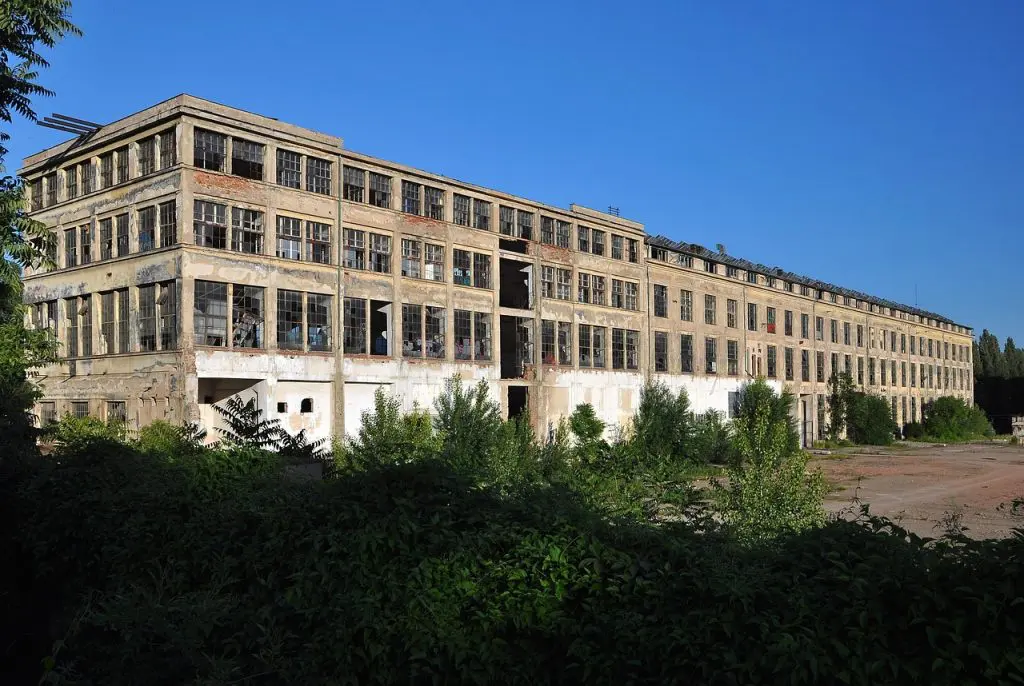
Roche Ireland’s Clare Site Clean-Up Reaches €150.5 Million in Costs The environmental remediation of Roche Ireland former manufacturing facility in Clarecastle, Co. Clare, has now reached a total cost of €150.5 million, marking it as one of the largest clean-up projects of its kind in Europe. Background Roche announced in 2016 that it would shut down […]
The environmental remediation of Roche Ireland former manufacturing facility in Clarecastle, Co. Clare, has now reached a total cost of €150.5 million, marking it as one of the largest clean-up projects of its kind in Europe.
Roche announced in 2016 that it would shut down its Clarecastle plant, resulting in the loss of 240 jobs. After attempts to sell the site failed, the company committed to a full decommissioning and demolition process, aiming to return the land to brownfield status, which is a condition suitable for new investment and sustainable development.
While the term “brownfield” is more commonly used in the UK and the U.S., Ireland has increasingly adopted it in urban planning and environmental policy, particularly in response to:
Urban sprawl
The housing crisis
Sustainable land use targets
Industrial site closures (like Roche’s Clarecastle facility)
Brownfield redevelopment is seen as a way to revitalise underused spaces, reduce pressure on rural land, and support compact growth, a key principle of Project Ireland 2040.
Organisations like the Ireland Brownfield Network, set up in 2012, have the collective aim of promoting the appropriate assessment and sustainable development of brownfield land.
Former factories and industrial estates
Disused petrol stations or warehouses
Abandoned railway yards
Old port and docklands
Sites with legacy landfills or chemical residues
According to newly filed accounts for Roche Ireland Ltd, the company recorded losses of €54.9 million in 2024, primarily due to environmental remediation and demolition costs. Of this, €48.26 million was spent on environmental and demolition work in 2024 alone, the highest annual spend since the remediation began in 2020.
Over the past three years, the company has reported significant losses related to the clean-up:
€26.15m in 2022
€42.93m in 2023
€54.96m in 2024
A Roche Ireland spokesperson confirmed that the final phase of decommissioning is now underway. This includes remediation of three key areas on-site and the removal of a legacy landfill, all of which are scheduled for completion by the end of 2027.
A key milestone occurred in January 2024, when Roche completed the excavation of the first of the three environmental concern areas. This phase involved the safe removal and off-site transport of 17,500 tonnes of contaminated soil in 674 sealed containers to a licensed thermal treatment facility in Holland. Groundwater purification at the site is currently ongoing.
To support the project, Roche Ireland received a €55 million capital contribution in 2024 from a connected Roche entity, following a €43 million contribution in 2023.
The remediation has also supported ongoing employment, providing work for an average of 100 people throughout the project.
The Roche Ireland spokesperson described the project as a ‘gold standard’ remediation effort that goes beyond Roche’s statutory environmental obligations in Ireland.
“The funding committed to the project by a company exiting manufacturing activities in Ireland is unique,” the spokesperson said.
As Roche Ireland progresses with the final remediation phase, its focus is shifting toward working with stakeholders to attract new investment to the strategically located Clare site.
Once the project is complete, Roche Ireland expects to meet two key objectives:
Delivering a brownfield site with potential for sustainable job creation under new ownership.
Leaving a positive legacy for Clare and the wider Irish community.
Roche Ireland’s €150.5 million clean-up of its former Clarecastle site represents a major undertaking in environmental remediation, both in scale and commitment. As the project moves into its final phase, Roche is not only working to restore the land to brownfield status but is also actively seeking new investors to revitalise the site’s economic potential. With completion targeted for the end of 2027, the initiative reflects a proactive approach to environmental responsibility and underscores Roche’s stated goal of leaving a positive and lasting legacy in County Clare.
Even after remediation is complete, sites like Clarecastle often require ongoing environmental monitoring to ensure the success of soil and groundwater recovery. Transparent data sharing with regulatory bodies and the public will be key in maintaining trust. Roche’s long-term stewardship model may include commitments to periodic assessments, ensuring the land remains safe and usable for decades to come.
At All-Ireland Sustainability, we’re committed to building a greener, fairer island, together. Stay informed on the latest environmental initiatives, community action, and policy developments shaping sustainability across Ireland, North and South.
👉 Sign up for our newsletter today and be the first to hear about upcoming events, expert insights, and ways to get involved.
Whether you’re a seasoned advocate or just starting your journey, new members are always welcome.
Subscribe now and be part of the All-Ireland Sustainability network.